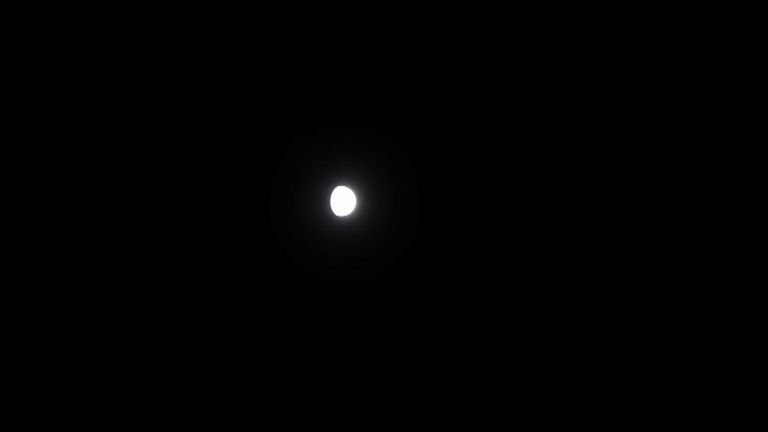For the first time, astronomers have found possible evidence that two planets outside our solar system share the same orbit.
A cloud of debris, thought to be part of a new body or a remnant of an old one, has been detected near a distant world.
Experts say that if their assessment is correct, it will be the strongest indication yet that two exoplanets (the name given to exoplanets) can exist in the same orbit.
The findings were published in the journal Astronomy & Astrophysics.
“We can imagine a planet sharing its orbit with thousands of asteroids, like Jupiter, but the exciting thing is that my planets can share the same orbit. “
read more:
Stars May Preview How Earth Will Die
Telescope Uncovers Secrets of Dark Universe
Trojan planet ‘like a unicorn’
Jupiter’s asteroids are called Trojans — rocky bodies in the same orbit as the planet. They are also in the same orbit around the sun.
The Trojan planet has long been believed to exist, but only in theory. Researchers liken them to “unicorns.”
The new evidence was discovered with a powerful telescope in northern Chile called the Atacama Large Millimeter Array.
‘breakthrough’
A cloud of debris has been detected in the orbit of a Jupiter-like gas giant planet called PDS 70b, located nearly 400 light-years away in a planetary system called PDS 70.
The image at the top of this article shows PDS 70b and the extra planet suspected to lie below the central star, both orbiting it.
The ring structure pictured is a large disk of cosmic matter from which planets are forming, with PDS 70c at three o’clock next to the inner rim.
To fully confirm whether the debris is indeed a sign of another planet, astronomers will have to wait a few years to see if they move significantly together along their orbits.
They say it won’t be confirmed until after 2026, but if confirmed, it would be a “breakthrough in the field of exoplanets”.
